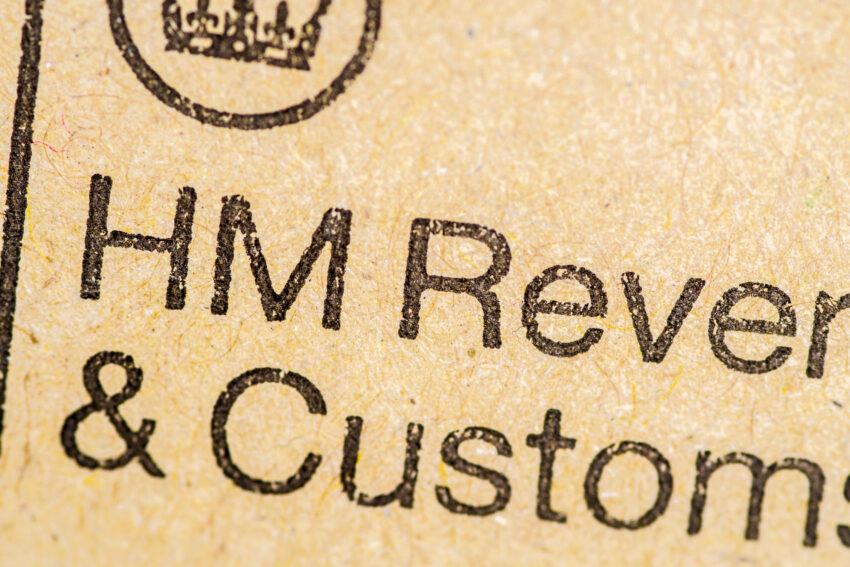EU roughly on track to hit 2030 emissions goal, Brussels says
The updated analysis reflects progress, but relies on countries following through on promises amid a green backlash.
BRUSSELS — The European Union is “well on track” to reach its 2030 goal to cut 55 percent of planet-warming emissions, according to new findings released Wednesday.
The European Commission, the EU’s executive, based the conclusions on countries’ updated climate plans, which governments have been filing in recent months. The assessment — which shows the EU on track to cut 54 percent of emissions by 2030 — reflects progress for the bloc, which previously said it was at risk of falling short of its 2030 goal based on prior climate plans.
“When we play our cards and instruments in a smart manner, we deliver as a continent,” EU competition and climate chief Teresa Ribera told POLITICO ahead of the presentation.
But the updated figure — which is measured against 1990 emission levels — also relies on countries delivering on fresh promises despite a green backlash and surging focus on defense spending.
The Commission warned the EU not to rest on its laurels, noting in its analysis that the bloc isn’t doing enough to address energy poverty and support left behind in the green transition.
Governments are also falling short on a few targets, including a drive to create enough “carbon sinks” via healthy forest and land area to absorb the equivalent of 310 million tons of CO2 annually by the end of the decade.
EU members are also behind on energy efficiency goals. The bloc is projected to reduce energy consumption by only 8.1 percent — short of an 11.7 percent target for 2030.
Meanwhile, Belgium, Estonia and Poland have not submitted updated climate plans.
“This is the first time that the aggregated result is align[ed] with the Paris Agreement: That is good news,” said French centrist MEP Pascal Canfin, who was involved in negotiating the European Green Deal, referencing the landmark 2016 global climate accord.
Yet he cautioned that the findings also reveal “the weakness of our carbon sink as a consequence of the deteriorating state of our forest,” which “is worrying and needs to be addressed.”
On its renewable power goals — which require installing energy sources like wind and solar — the EU is on pace to generate 41 percent of its energy from renewable sources by 2030, just shy of the 42.5 percent goal.
The assessment also calls on countries to better prepare and adapt society for climate change’s inevitable ramifications. Only a handful of countries are addressing increasing water scarcity, for instance.
And it bemoaned the work being done to end fossil fuel subsidies, saying “a list of existing fossil fuel subsidies, concrete timelines, and measures to phase them out are largely missing.”
Reaching all of these goals will be expensive, the report conceded. The EU will need roughly €570 billion annually until 2030 to get there, the Commission said. But it noted that the bloc spent €430 billion on fossil fuel imports in 2023.
That cash “could be redirected to invest in the clean transition toward a more autonomous and secure EU,” it said.
The EU will soon unveil a proposal to cut 90 percent of emissions by 2040 — although with some new “flexibilities” on how countries can get there.




















:quality(85):upscale()/2023/10/03/668/n/1922283/1f15c8a9651c2d209e5eb5.32783075_.jpg)
:quality(85):upscale()/2025/08/14/650/n/1922283/470aeb83689df49cdc1bb6.14084110_.jpg)
:quality(85):upscale()/2025/08/13/775/n/1922283/3c0cbead689ccd0c422644.10221678_.png)
:quality(85):upscale()/2025/01/08/844/n/1922398/cde2aeac677eceef03f2d1.00424146_.jpg)
:quality(85):upscale()/2025/07/10/708/n/1922398/8fe2782e686fe372b38bf8.29984296_.jpg)

















